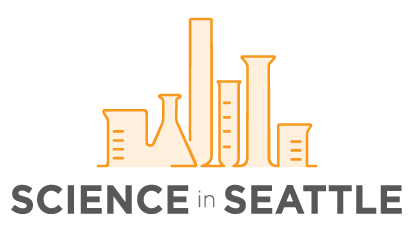This week we profile a recent publication in Analytica Chimica Acta from the lab of Dr. James Lai in collaboration with Dr. Barry Lutz. We interviewed Dr. James Lai on his recent findings as well as the work he has been conducting in the Department of Bioengineering at the University of Washington and the Department of Materials Science and Engineering at the National Taiwan University of Science and Technology
Can you provide a brief overview of your lab’s current research focus?
Lai: Our BIO-Processing Science & Innovation research group is committed to advancing in vitro diagnostics through the development of innovative bioprocessing technologies. Our primary goal is to enhance the sensitivity of biomarker detection, streamline the assay process, and make diagnostic tests more user-friendly. In particular, we’ve engineered nanomaterials, reagents, and devices that not only expedite biomolecule isolation but also seamlessly interface with downstream analytical techniques.
For example, our stimuli-responsive polymer-antibody conjugates have demonstrated faster and more efficient analyte isolation compared to traditional magnetic microbeads. These reagents have proven invaluable in isolating disease-specific antigens like HIV p24, viral particles, and extracellular vesicles from various biofluids. Moreover, we’ve designed user-friendly devices that employ osmosis to enrich biomarkers with minimal user intervention. The concentrated analytes are subsequently analyzed using a range of techniques, including lateral flow assays, immunoassays, PCR, and mass spectrometry. These bioprocessing approaches have been utilized to assess biomarkers associated with diseases. Looking ahead, our vision is to leverage our bioprocessing technologies to empower life science research and enhance biologics production.
What is the significance of the findings in this publication?
The significance of this study lies in addressing a critical limitation of lateral flow assays, which are commonly used for point-of-care and self-diagnostic tests due to their simplicity, rapid results, and cost-effectiveness. However, these assays often fall short in terms of sensitivity when compared to nucleic acid amplification tests or enzyme-linked immunosorbent assays, which makes them less suitable for early disease diagnosis. The grand challenge with lateral flow assays is their inherent constraint in handling small sample volumes, 100 microliter or less. However, many non-invasive samples, such as saliva, nasal swab elutions, and urine, yield significantly larger volumes.
To address the challenge, we have devised an agglutination system capable of assaying milliliters of specimens, providing more biomarkers, thereby dramatically enhancing detection. Our agglutination system hinges on a multi-valent recognition system—capture antibody with multiple biotins and streptavidin containing four biotin binding sites. This facilitates the formation of agglomerates, which can be efficiently concentrated through filtration, leading to a substantial improvement in biomarker detection. Unlike other concentration methods, our approach is both rapid and straightforward, eliminating the need for complex manual operations. Importantly, it doesn’t rely on high analyte concentrations to induce agglutination.
In this publication, we’ve applied our agglutination method to a sandwich immunoassay, using the SARS-CoV-2 nucleocapsid antigen in saliva as a representative model for COVID-19 diagnosis. By increasing the sample volume from 50µL to 2mL, our assay demonstrated a 10-fold enhancement in sensitivity. Furthermore, we also validated the assay using negative saliva spiked with gamma-irradiated SARS-CoV-2. Overall, our proposed agglutination system can utilize existing immunoassay reagents, offering a practical solution for processing large sample volumes and achieving improved sensitivity.
Beyond COVID-19, we are excited about the potential applications of this system for assessing various health conditions in the oral cavity, including periodontal diseases and oral squamous cell carcinoma, by targeting salivary biomarkers. This research represents a significant step forward in diagnostic technology, with the potential to benefit both scientific research and clinical practice.
Is the application of your research a primary motivator for you?
The primary motivation for our translational research program is to address critical biomedical issues with the ultimate goal of improving healthcare outcomes for the broader population. To this end, we have harnessed our bioprocessing technologies to address a range of critical issues, including HIV drug resistance, tuberculosis screening using urine-based assays, the study of placental biology via extracellular vesicles, and cell manufacturing for therapeutic applications, among others. These real-world applications provide us with a profound sense of purpose, as we witness the potential for our work to directly benefit individuals and communities.
This research is funded by: the National Institutes of Health and the National Institute of Allergy and Infectious Diseases
Image courtesy of the Lai Lab

